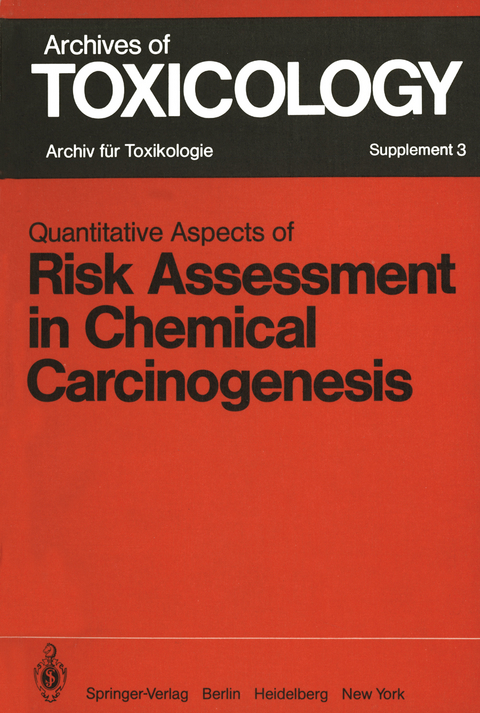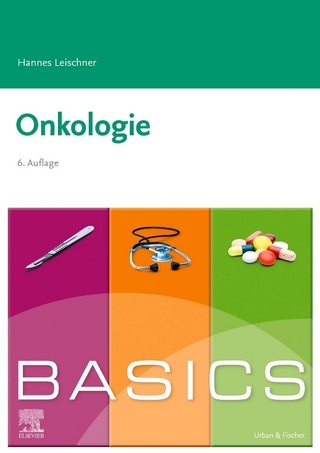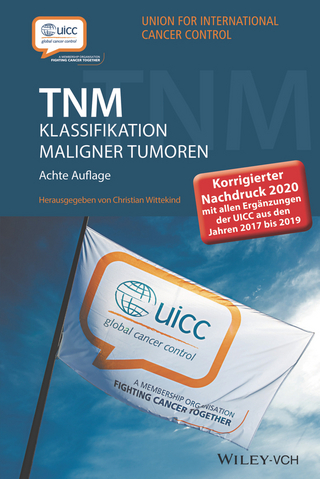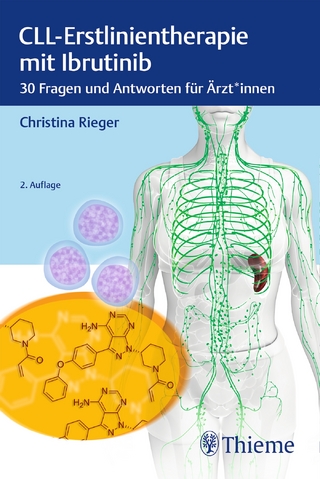
Quantitative Aspects of Risk Assessment in Chemical Carcinogenesis
Springer Berlin (Verlag)
978-3-540-09584-2 (ISBN)
Dose Response Relationship in Long-Term Exposure to Low Levels of Carcinogens in Animals.- Epidemiological Studies of Occupational Carcinogens.- Incidence of Hepato-Carcinoma in Relation to Aflatoxin Intake.- Epidemiological Studies of Medically Used Drugs.- Estimation of the Risks of Ionising Radiation.- Discussion.- Dose Response Relationship of Carcinogenic Effects on Target Organs or Tissues.- Formation and Subsequent Repair of Alkylation Lesions in Tissues of Rodents Treated with Nitrosamines.- Dose-Response Relationship in the Primary Lesion of Strong Electrophilic Carcinogens.- Non Linear Pharmacokinetic Parameters Need to be Considered in High Dose/Low Dose Extrapolation.- Glutathione Thresholds in Reactive Metabolite Toxicity.- Dose Dependence of Early Cellular Changes During Liver Carcinogenesis.- Binding Kinetics of Vinyl Chloride and Vinyl Bromide at Very Low Doses.- Discussion.- Dose Response Relationship of Biochemical Mechanisms Affecting Species Differences in Response.- Enzymes Controlling Tissues Levels of Reactive Metabolites Including Irreversible Inactivations.- Activating Enzymes: Multiple Monooxygenase Forms with Different Substrate Preferences as Related to Toxic Effects.- Glucuronic Acid Conjugation in the Metabolism of Chemical Carcinogens by Rodent Cells.- Species Differences in Activating and Inactivating Enzymes Related to in Vitro Mutagenicity Mediated by Tissue Preparations from these Species.- The Ah Locus. A Gene with Possible Importance in Cancer Predictability.- Dose-Response Relationship of Rat Aryl Hydrocarbon Hydroxylase and Epoxide Hydratase Induction.- Repair.- Different Basic Mechanisms in DNA Repair.- Possible Determinants for the Differential Susceptibility of Mammalian Cells and Tissues to Chemical Carcinogens.- Reaction of Benzo(a)pyrene and 7,12-Dimethylbenz(a)anthracene with DNA of Various Rat Tissues in Vivo.- Discussion.- Risk Assessment.- Epidemiological and Animal Data as a Basis for Risk Assessment.- An Approach to the Assessment of the Risk to Man from DNA Damaging Agents.- Range of Experimental Evidence in Assessing Potential Human Carcinogenicity.- Procedures for Assessing Risk at Low Levels of Exposure.- Limited Usefulness of Mathematical Models for Assessing the Carcinogenic Risk of Minute Doses.- Discussion.- Summaries of the Chairmen.- Author Index.
| Erscheint lt. Verlag | 1.6.1980 |
|---|---|
| Reihe/Serie | Archives of Toxicology |
| Mitarbeit |
Stellvertretende Herausgeber: A. Waring |
| Zusatzinfo | VIII, 338 p. 5 illus. |
| Verlagsort | Berlin |
| Sprache | englisch |
| Maße | 170 x 244 mm |
| Gewicht | 650 g |
| Themenwelt | Medizin / Pharmazie ► Medizinische Fachgebiete ► Onkologie |
| Medizin / Pharmazie ► Medizinische Fachgebiete ► Pharmakologie / Pharmakotherapie | |
| Medizin / Pharmazie ► Pharmazie | |
| ISBN-10 | 3-540-09584-5 / 3540095845 |
| ISBN-13 | 978-3-540-09584-2 / 9783540095842 |
| Zustand | Neuware |
| Informationen gemäß Produktsicherheitsverordnung (GPSR) | |
| Haben Sie eine Frage zum Produkt? |
aus dem Bereich


